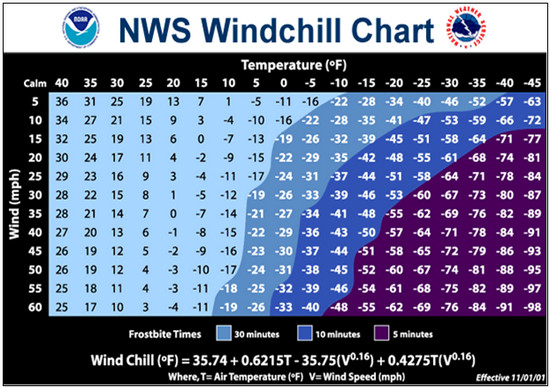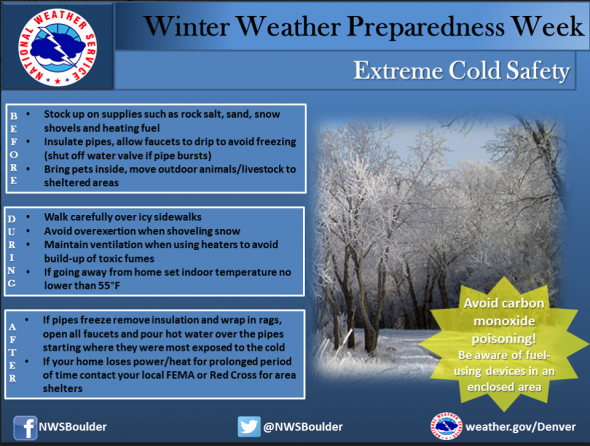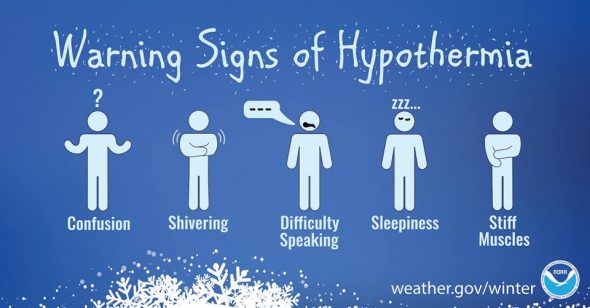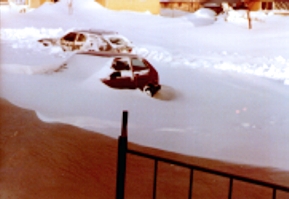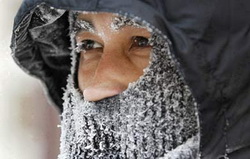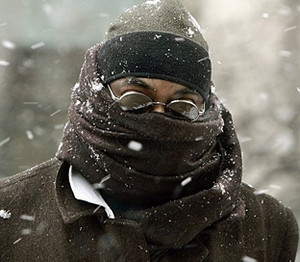
Winter weather can not only be trying on the mind and soul, it also presents very real dangers to the human body. Extreme wind chills can be deadly and bring on the outset of frostbite and hypothermia. Here in Colorado, all residents should be aware of these hazards and be prepared to deal with them.
In this fourth in a series on Winter Weather Preparedness from the National Weather Service, ThorntonWeather.com helps you understand wind chill and how to protect yourself from frostbite and hypothermia.
PUBLIC INFORMATION STATEMENT
NATIONAL WEATHER SERVICE DENVER/BOULDER CO
600 AM MDT THU OCT 20 2022
Extreme wind chill – Potentially life-threatening and often overlooked
Extremely cold air comes every winter in at least part of the country and affects millions of people across the United States. The arctic air, combined with brisk winds, can lead to dangerously cold wind chill values. The Wind Chill Index helps you determine when dangerous conditions develop that could lead to frostbite or hypothermia. It takes into account heat loss from the human body to its surroundings during cold and windy weather. The calculation utilizes wind speed in miles per hour and temperature in degrees Fahrenheit. For example, a temperature of minus 5 degrees occurring with a 20 mph wind gives a wind chill near minus 30 degrees. This means that your body will lose heat at the same rate as it would if the air temperature were minus 30 degrees with no wind. Wind Chill values near minus 25 degrees mean that frostbite is possible within 15 minutes.
- How does the wind affect wind chill? See the chart below.
Frostbite is the freezing of skin and the body tissue just beneath it. It first affects exposed body tissue where blood circulation may be limited such as your fingers, toes, nose and ears. To minimize frostbite, make sure all body parts are well covered. When frostbite starts, feeling is lost in the affected area and the frozen tissue will take on a white or pale appearance. If you suspect you are experiencing frostbite, hold the frostbitten area closely against warm skin to return blood flow and warmth to the affected area.
Winter Weather Education Series
| Intro | Winter Weather Preparedness Week |
| Part 1 | Winter travel safety |
| Part 2 | Watches…warnings…and advisories |
| Part 3 | High winds |
| Part 4 | Wind chill temperatures and hypothermia |
| Part 5 | Avalanche safety |
| Review | Winter Weather Preparedness Week review |
Hypothermia is a dangerously low body temperature and is the most common winter weather killer. When you hear of a hiker, climber, hunter or a stranded traveler perishing from cold weather exposure, hypothermia was the cause. Most people are surprised to learn that hypothermia deaths can occur with temperatures between 30 and 50 degrees. If you or your clothing are wet, then hypothermia becomes even more likely.
Warning signs of hypothermia include uncontrollable shivering, memory loss, disorientation, slurred speech and drowsiness. Immediate medical attention should be given to victims suspected of suffering from hypothermia. If no help is available, the victim should be warmed slowly with warm liquids along with dry clothing and blankets.
The National Weather Service will issue wind chill advisories and warnings when a deadly combination of wind and cold air threaten. A Wind Chill Warning will be issued for the following wind chill temperatures:
- Mountains…minus 35 degrees Fahrenheit or colder.
- Lower Elevations…minus 25 degrees Fahrenheit or colder.
When cold weather threatens, follow these tips for survival:
- Stay dry, wet clothing results in much faster heat loss from your body. Wear waterproof insulated boots.
- Stay covered, wear mittens or gloves and wear a hat. At least half of your body heat is lost if your head is not covered.
- Dress layered, trapped air between loose fitting clothing helps to insulate.
- Stay informed, have a portable NOAA weather radio nearby to keep you up-to-date with the latest forecasts and warnings. Use wind chill temperatures to guide you in dressing properly for the outdoors. On very cold days, minimize your exposure to the outdoors if possible.
